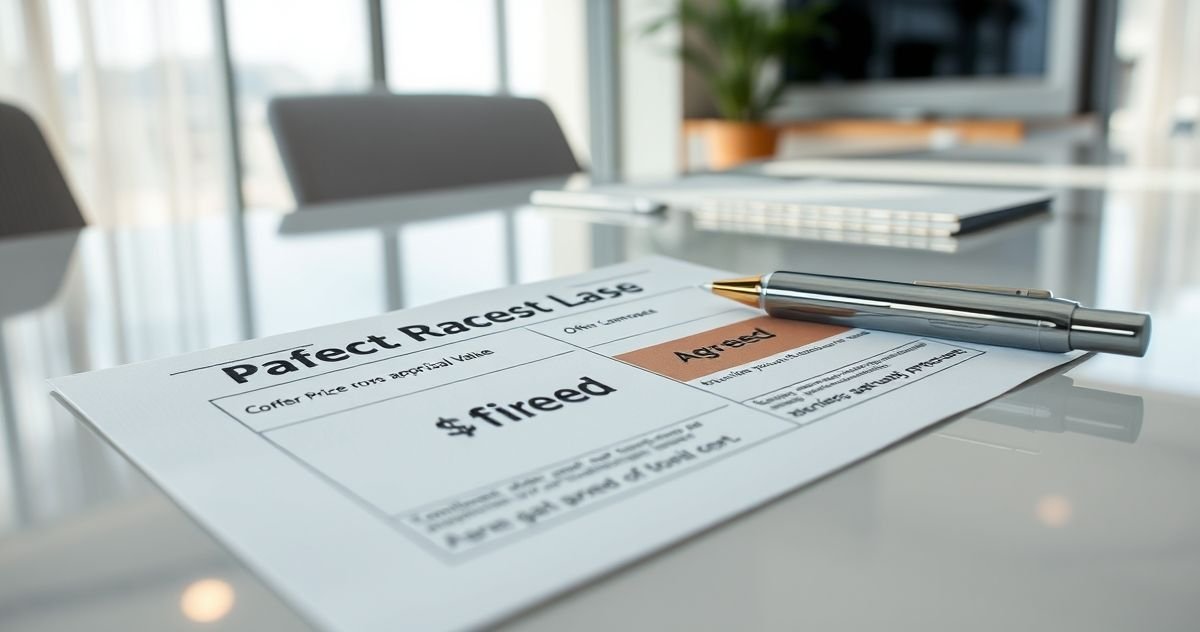An appraisal gap occurs when a professional appraiser values a home at less than the price a buyer has agreed to pay. Since mortgage lenders base the loan amount on the appraised value, a lower appraisal creates a “gap” that the buyer must cover to close the deal.
Appraisal Gap Coverage is a contractual promise included in the purchase offer, whereby the buyer commits to covering this shortfall in cash, up to a defined amount. This coverage reassures sellers that the deal will proceed even if the appraisal falls short.
In competitive real estate markets, bidding wars can push offers above asking prices. However, lenders still evaluate risk by requiring an appraisal and will only finance up to that appraised value or the purchase price, whichever is less. For example, if you offer $450,000 but the appraisal is $430,000, you face a $20,000 appraisal gap.
Including appraisal gap coverage in your offer signals financial readiness and commitment to the seller. It can give you an edge over other buyers who include appraisal contingencies that allow renegotiation or cancellation after a low appraisal.
However, buyers should:
- Set a clear maximum coverage amount to avoid unlimited financial exposure.
- Understand that appraisal gap funds are separate from the down payment and must be available in cash at closing.
- Recognize the risk of paying above market value, especially when home prices might fluctuate.
Appraisal gap coverage is most useful for buyers with sufficient cash reserves who are competing in high-demand markets. It is not a substitute for due diligence or consultation with a real estate agent and financial advisor.
For more details, see the Appraisal Contingency article explaining how appraisal clauses work in home purchase contracts.
Sources:
- Consumer Financial Protection Bureau, Your Home Loan Toolkit: A Step-by-Step Guide, CFPB official site [https://www.consumerfinance.gov/owning-a-home/explore-renting-or-buying/homebuying-process/]
- Investopedia, What Is an Appraisal Gap, updated 2024 [https://www.investopedia.com/terms/a/appraisal-gap.asp]

